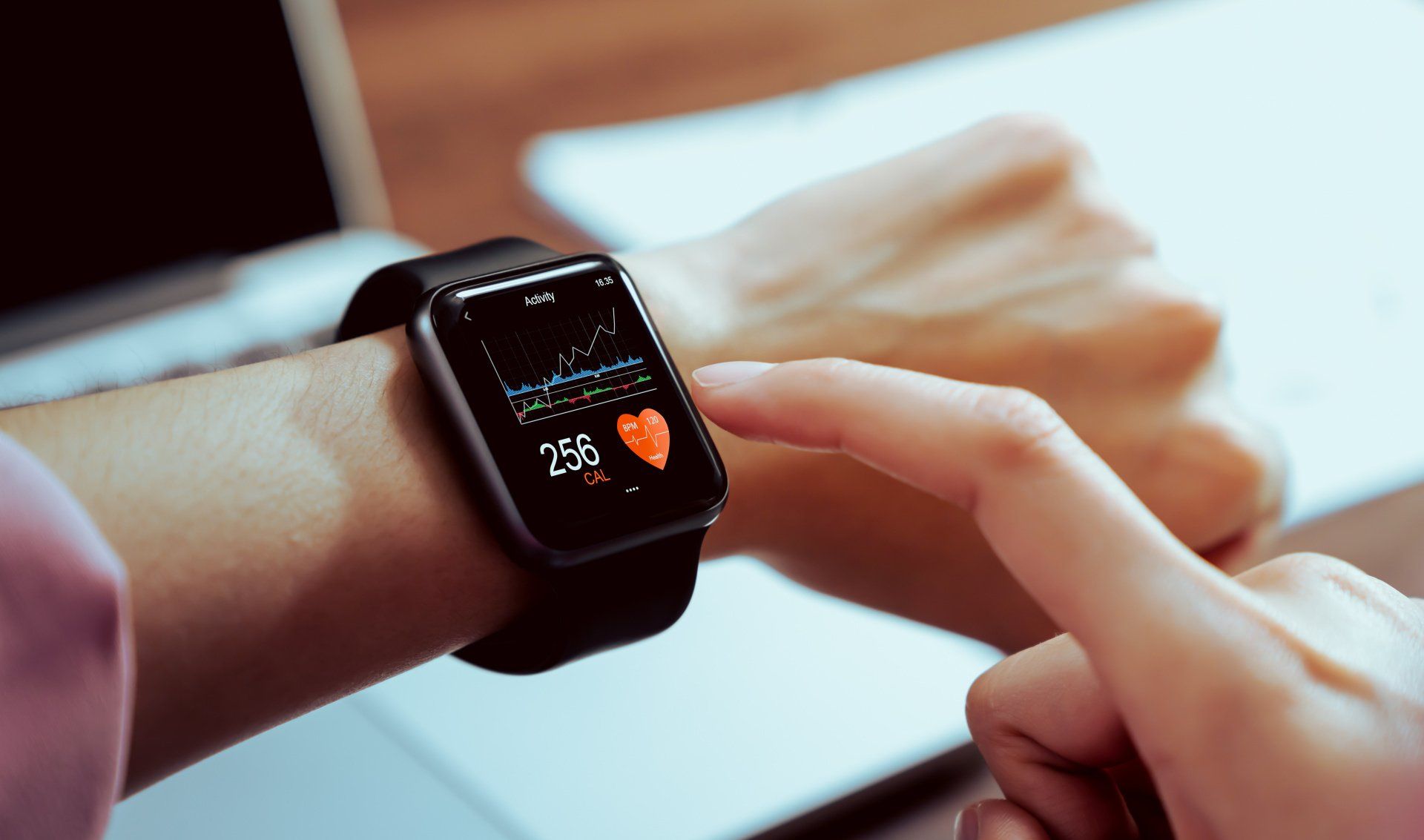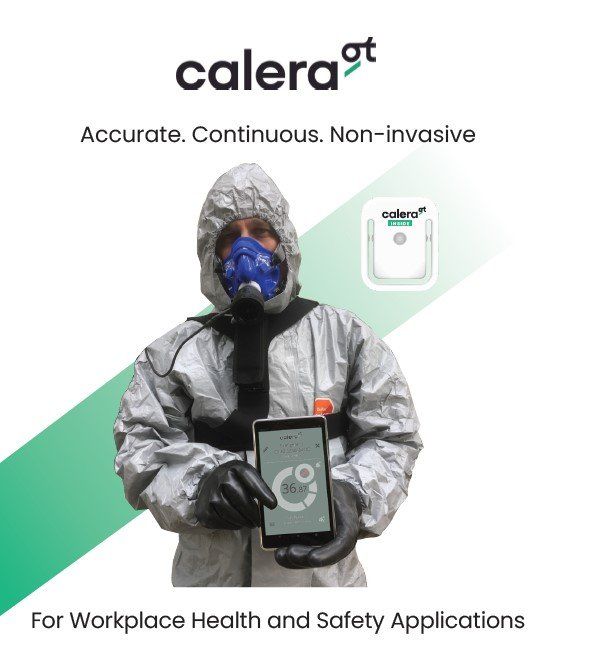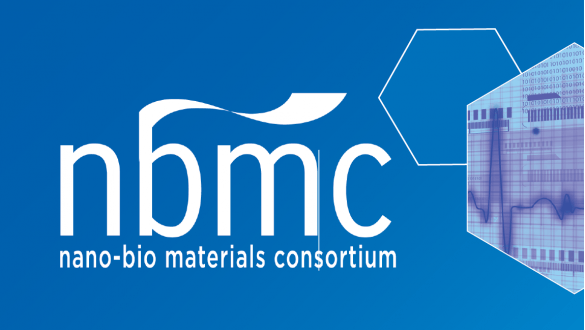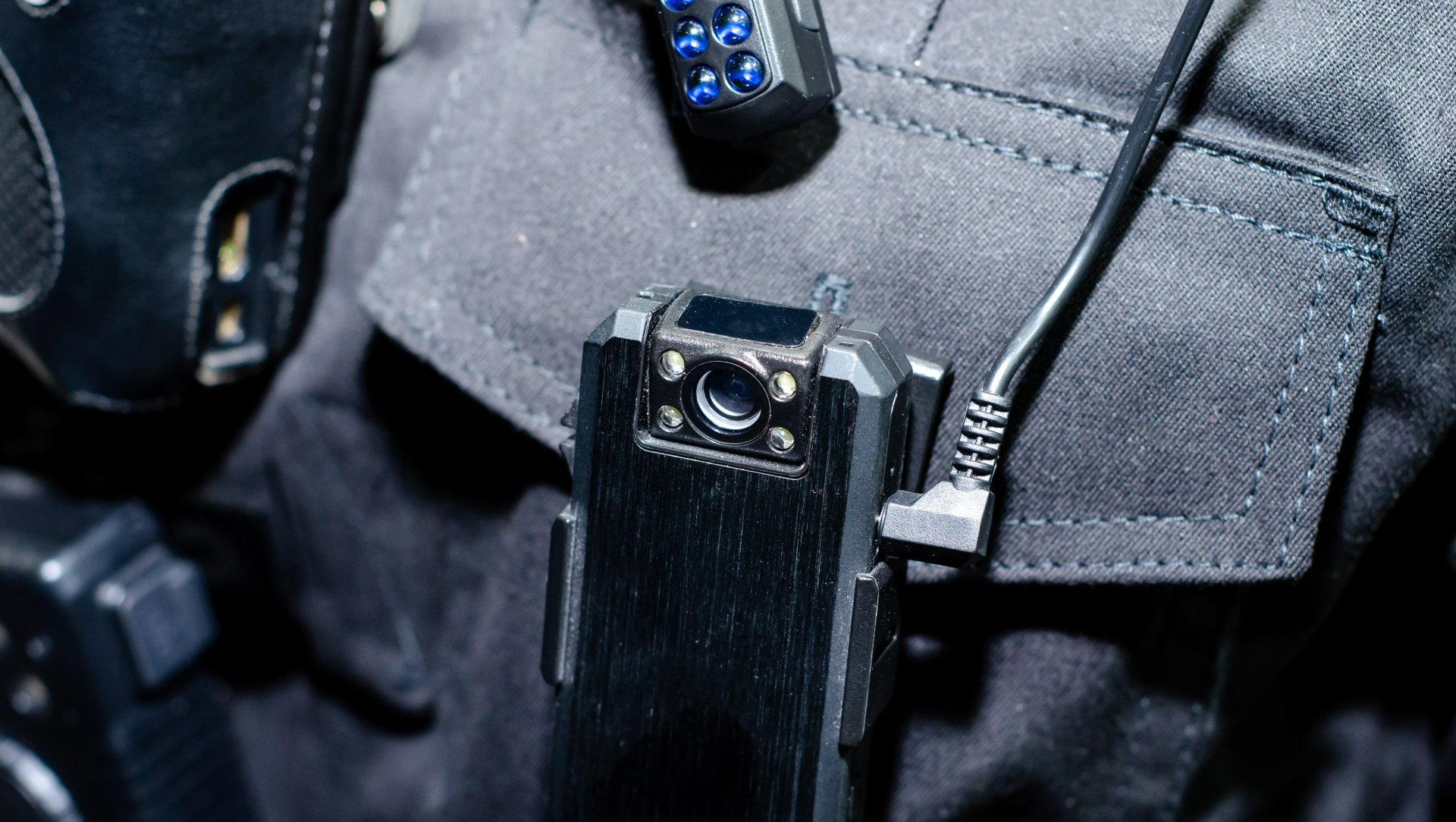How To Use Safety Technology to Negotiate Your Organization's Insurance Premiums
Safety Monitoring and Risk Prediction Technology Are Decreasing Risk and Insurance Rates

You received a letter that your worker insurance rates will increase. You ask yourself:
“Is the increased rate a fair reflection of your organization’s risk?”
“Should we invest in (another) safety data audit?”
“Is there anything more we can do to negotiate the rate?”
Dan Christensen is a global occupational safety leader and exposure scientist with more than 18 years of experience as an industrial hygienist. You can view his LinkedIn here.
VigiLife spoke with him in a previous article, and connected again to discuss how organizations can leverage safety technology and data to not only improve worker safety but negotiate insurance premiums.
In short, the answers depend on three things:
- the quality of your organization’s workplace health and safety data,
- how it’s used to improve safety procedures and decrease risk,
- and how it compares to other organizations in your industry.
For example, the Occupational Safety and Health Administration (OSHA) and insurance companies require organizations to report a total recordable injury frequency rate (TRIFR). This refers to the repetition rate of all workplace related death, sickness and injuries.
You can read more here > OSHA Injury and Illness Recordkeeping and Reporting Requirements
Beyond the TRIFR, different insurance companies will use different metrics relevant to your industry to determine a fair insurance rate. This could include additional data such as time or amount of exposure to specific known carcinogens. Some metrics are required to report while other metrics are optional but helpful in showing sustainability and risk aversion.
A Deeper Look into What Insurers Evaluate
For most companies today, health and safety data come from a combination of human oversight and reporting, human resource records, and, recently, technology such as static and portable sensors and wearables. The data is put into spreadsheets and reports and provided to the insurance company.
Insurers are evaluating:
- How was this data obtained?
- How accurate is this data?
- Is this data auditable?
- Is the data monitored and reported consistently over time?
- How does this compare to other companies in this industry?
- How is the company using this data to decrease risk?
4 Steps to Better Negotiate Insurance Rates
If your current reports do not provide good reason to maintain or even decrease your current insurance rates, you can still negotiate by sharing your new investments and plans.
“Demonstrate that you're doing something that's going to positively affect your total recordable injury frequency rate,” Christensen said. “Discuss the investments you’re making that will show a decline of accidents, illnesses, exposures, etc. over time. When you're able to show that you are improving these metrics, you have a strong argument that it should reflect in your insurance premium.”
Here are four steps you can take to develop a strong case.
1. Understand Your Risk from An Insurer’s Perspective.
Read your contract to have a full understanding of the terms, including if there is an agreed upon premium increase rate.
Then, take a look at your TRIFR and other reports. Ask questions such as:
- Does the data show an increase or decrease of risk?
- Did your organization have an increase or decrease in claims? What kind?
- What story is the data telling? What data are we missing to get the full story?
Remember that not all health and safety data is required to report but is helpful in showing your company’s due diligence.
For example, Christensen explained that if an amount of “zero” is reported into one of the spreadsheet’s fields for exposure to a hazard, the question arises if your company is accurately monitoring for that hazard. It can actually cast doubt that your workers have zero exposure since most other organizations insured by them have not reported “zero” exposure.
2. Adopt technology that helps you be proactive.
While sensors and wearables provide data, the problem is that the data is disparate and requires interpretation. The data is not correlated into alerts that allow workers, managers, or anyone else to take prompt, preventative action.
For example, instead of a manager (or worker) looking at an application’s dashboard showing data points such as an increased heart rate and body temperature, adopt a sensor-agnostic software that correlates this data to provide insights.
This could look like an alert reading "Unsafe predicted core body temperature of 102 degrees in 15 minutes with current exertion and environmental conditions." The worker can be alerted of his high change of heat exposure and take appropriate action such as resting, sitting in air conditioning and drinking cold fluids.
The worker’s location and identifiable information can also be shared automatically. This level of alerting ensures that appropriate team members can be notified to help prevent further injury or distress.
This type of technology not only helps you reduce risk but also helps negotiate your premium when showing your insurance provider you have or plan to adopt this platform.
3. Provide assurance.
The problem that arises with using technology across workers and workplaces is the amount of data that needs manually entered into reports. “You need a team of people extracting data from multiple sources. These are expensive, time-consuming audits and are prone to human error.” Christensen said.
Technology that correlates data from multiple wearables and sensors provides more assurance because it is consistent, eliminates human error, and is more easily verifiable and auditable.
“It's far better if you have a system that provides access to health and safety data that automatically updates versus needing constant human intervention and interpretation. You can say, ‘Here's what we collect, along with the contextual insights’,” Christensen said.
4. Learn the resources your insurance company provides.
Many insurance companies are investing in technology to help them monitor and evaluate risk. For example, there are auto insurance companies that offer a tracking device within vehicles (or ingest data from a vehicle’s software/application) that monitor metrics such as hard braking, time to acceleration and more. Insurance premiums are no longer determined only by age, location or number of accidents but also the driving pattern on a day-to-day basis.
Learn if your provider offers resources and consider using them. You can then compare the data from your internal findings. Showing insurance agents that you’re adopting a similar strategy with technology will give them assurance of your data quality and risk assessment strategy.
Next Steps: Enhance Safety, Productivity, and Cost Savings
You can see why organizations ranging from public safety to the military to construction and more are adopting software that correlates sensor and wearable data to provide real-time, proactive insights and reporting.
The Air Force is estimating that adoption of SafeGuard at just one location can save nearly $2M per year in addition to enhanced safety and productivity.
VigiLife's SafeGuard® uses cutting-edge technology to provide continuous and real-time monitoring for your team. This solution includes AI-powered analytics, military-grade cybersecurity and the latest in wearable sensors, including commercial sensors like the Apple watch.
Have questions or want to see it in action? We’re happy to share strategies, swap stories and discuss any questions.










